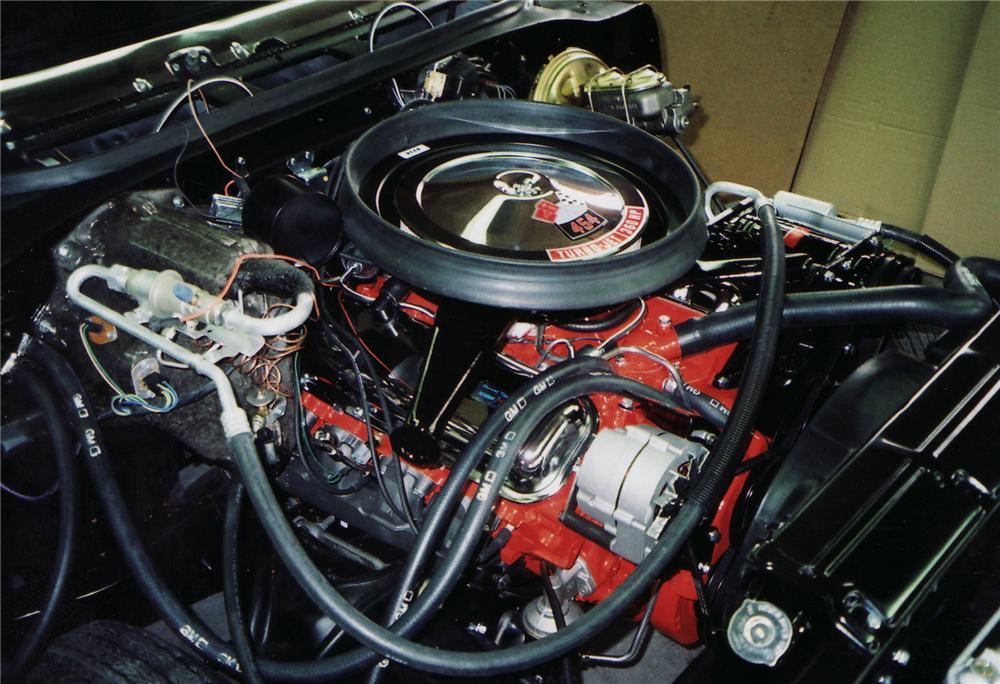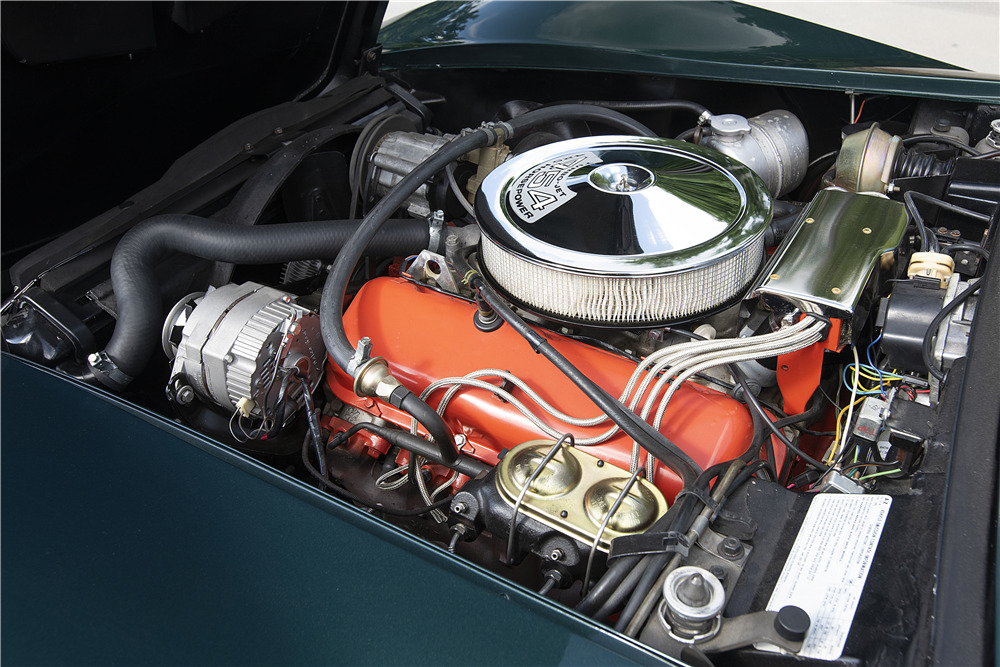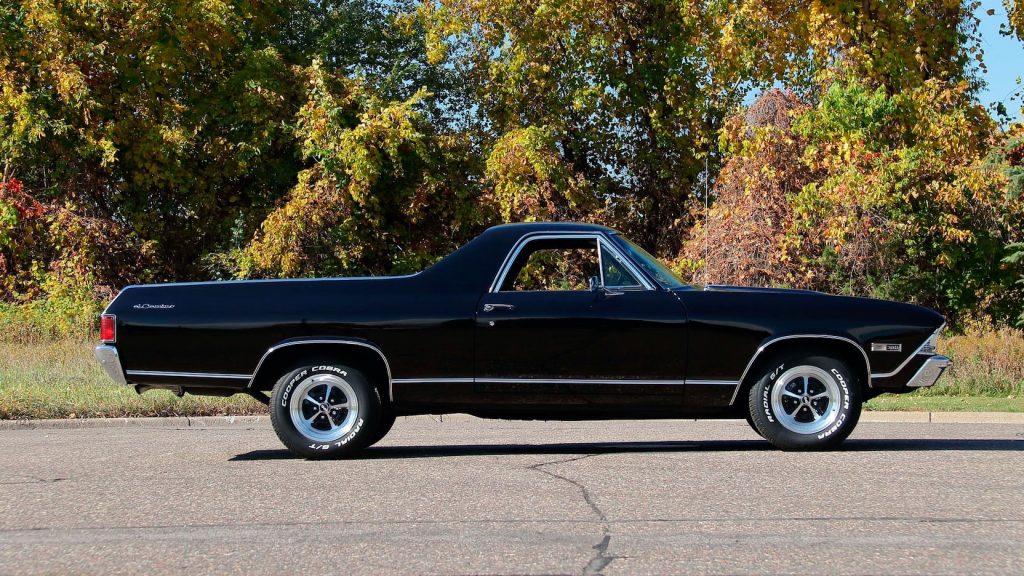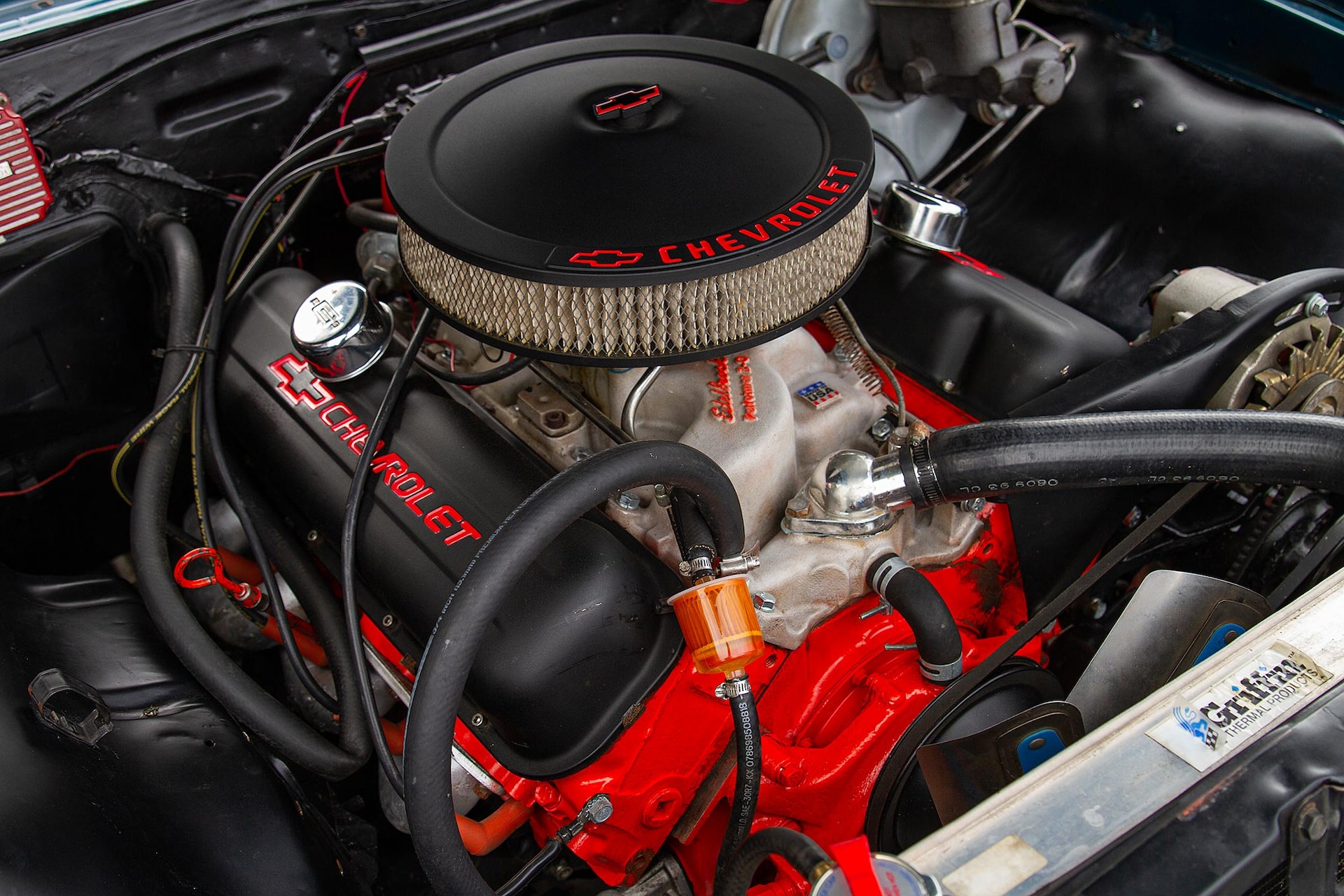It was the 1950s when Chevrolet, a Division of General Motors, started a series of "big block" Chevy engines. They are equipped with an overhead valve, powered with gasoline, and known to be naturally aspirated. Yes, who can ignore their unlimited displacement options?
Table of Contents
By 1958, the first version of the "Big Block" V8 Chevrolet engine was invented, known as W-series (Mark-I). After the succession of the popular small-block V8 engine, Chevrolet started a series of big-block engines to power medium trucks and performance cars.
Witnessing the progression of Mark II, III, IV, and some other series of engines. In 1970, the big blocks expanded again and one of the largest Mark IV series, known as Chevy 454 V8, arrived on the muscle cars scene.
This mark IV series debuted at 348 cu in. with displacements up to 494 cu in. followed by aftermarket parts and crate motor engines exceeding 500 cu in. The only difference between Mark IV and the W-series engine is the shape of the combustion chamber and the valve's placement. Wondering what vehicles have a 454 engine?
To all the car fanatics, here is the list of all the crazy vehicles with a 454 big block engine and how much horsepower a car gets with a 454 engine. In the end, we will crack the way to get the most out of a Chevy 454 engine.
What Is 454 Engine?
It was 1970 when Chevrolet created a Chevy 454 engine with cubic-inch (7.4 L), equipped with a bore x stroke of 4+1⁄4 in × 4 in. The series of these V8 engines initially invested in 3 variants - the LS5, LS6, and LS7 - although only 2 reached the average production.
The LS5 version of the Chevy engine was factory-rated at 390 bhp and 500 lb-ft of torque. At the same time, the LS6 was used to equip with a single 4-barrel 800 cu ft/min with upgraded Holley carburetor up to 450 bhp, at 5600 rpm and 500 lb-ft of torque.
The 454 cu engine was first offered in the Chevrolet Corvette, producing 450 horsepower in its ultra-rare LS6 specification. Later on, the engine eventually finds its way into other classic cars, including Monte Carlo, Chevelle, and a couple of others.
Some LS-7 intake manifolds were produced by a few Chevrolet dealers and sold to the general public as optional performance parts. The most potent version, dubbed LS-7, used to produce 465 hp (347 kW) and 610 lb-ft. Later on, the engine served as a crate engine with a gross power of 500 hp.
The most enduring application of this big block Chevy V8's wasn't the muscle car industry, where insurance rates and emissions regulations took two years of street dominance to proliferate. Instead, the 454 V8 secured a better place in GM trucks and SUVs from the 1970s to the 2000s, the only factory option left to GM.

What Are The Benefits Of A 454 Engine?
A 454 engine is made in a cylinder block that features forged rotating arms and a hydraulic roller camshaft. This Mark IV V8 engine uses aluminum cylinder heads and a cast-iron engine block throughout its production run, following a four-stage design process.
These are the specs that distinguish 454 engine cars from others.
- Power: up to 290hp
- Torque: 410lb-ft
- Engine life: up to 200k
- Horsepower Rating: Between 475 to 650
- HP: 330
- Fuel system: Mechanical Fuel Pump
- Gas Mileage: An average of 10 to 15 miles per gallon.
The reason that these engines are sought after is because of the immense power they output. The factory model of a 454 engine can produce better output than most other engines. This power output can be amplified after upgrading. It is a great engine choice for big cars and trucks.
List Of 454 Chevy Engine Passenger Cars
The 454 Chevy engine was introduced initially in these passenger vehicles:
GMC Sprint (1971–1972)
The GMC Sprint, also called Caballero (only for the 1978 model), is a coupe utility/light-duty pickup truck produced by GMC through the 1971–77 model years.
Sprint, commonly known as the GMC version of the Chevrolet El Camino and Chevelle Malibu, shared exterior and interior trims, emblems, all-vinyl bench seats, and deep twist carpeting them.
Sprint came in different Mark IV offerings; the 1971–72 models included several displacements, including the big-block V8s of 402 and 454 cubic inches.
The horsepower ratings of big-blocks were brought down from 110 horsepower (82 kW) for the six to 270, especially for the 1972 models when the measurements were switched to the "net" figures and emission controllers grouped up.
Chevrolet Corvette (1970–1974)

Colloquially called 'Vette’, the Corvette is a two-door/ two-passenger luxury sports car.
Between 1953 till 2019, Vette was front-engined, and from 2020 onwards, it was mid-engined. As the big-block V8 engines enlarged from 427 to 454 cu in (7.44 L) with a 390 bhp (291 kW) rating, Corvette appeared with two 454 Chevy engine variations - the LS5 454 cu in (7.4 L) with 365 hp (272 kW) and the LS6 454 cu in (7.4 L), delivering 425 hp (317 kW).
Being the highest of the 1970-72 series, the LS6 also featured an aluminum cylinder head and the automatic transmission option. For the 1972 model, power ratings were reduced because GM adopted the SAE Net measurement protocols.
Chevrolet Chevelle (1970–1975)
The Chevelle is a mid-sized car produced in three generations (model years) from 1964 through 1978; it was one of Chevrolet's most successful nameplates.
Chevelle’s "Super Sport" and Laguna versions were also produced in 1973 through 1976, respectively. Following a four-year absence, the El Camino was also reintroduced as part of the new Chevelle lineup.
In mid-1971, Chevrolet unveiled the "Heavy Chevy," built on the Chevelle base but available with a V8 engine only, except the 454 which was only available in SS models.
The base LS5 454 V8 engine performed at 365 gross and 285 net horsepower. Those models were also equipped with cowl induction for added power, thanks to their air induction and exhaust system.
The LS6 454 was also introduced in the same year and became a part of the regular production. Still, it was dropped off in a year, leaving behind no records indicating whether any 1971 Chevelle models had the LS6 Chevy 454 engine.
Chevrolet Caprice (1970–1976)
Chevrolet's Caprice is a full-sized automobile produced in North America between 1965 to 1996 model years. Being the most popular car manufacturer of the sixties and early seventies, in 1965, Chevrolet managed to sell over a million cars, including Chevelle, Bel Air, Biscayne, and Impala.
Being a luxury trim package of Impala, Chevrolet offered a full line of Caprice models from 1966 to 1976, including an Estate station wagon and a "formal hardtop" coupe. The second-generation (1971 to 1976) models were the most significant Caprice models that Chevrolet ever built.
In 1970, Caprice got a face-lift, the top Mark IV engine at that time was a new 454 cu in (7.4 L) Turbo-Jet V8 that used to be offered in two versions - 345 hp (257 kW) and 390 hp (291 kW), requiring premium fuel to work.
In the beginning, a three-speed manual transmission was the standard. As the V8 engine started to fit in Caprice models, the Turbo Hydramatic transmission and variable-ratio power steering became standard equipment.
The 1976 Caprice followed a 116-inch wheelbase of the intermediate-sized Chevelle; in the following year, the world's first model of a mid-sized car, the Monte Carlo, was developed with the same 454 engine.
Chevrolet El Camino (1970–1975)
Failing to fall into a standard pickup truck category, El Camino is an adaptation of Chevrolet's two-door station wagon and integrating cab and cargo bed into the body.
Chevy engine offerings for 1971 were different displacements, including the small-block V8s of 307 and 350 cu in and big-block V8s of 402 and 454-cubic-inch. Their gross horsepower ratings for the RPO LS5 454 were 145 to 365.
The LS6 454 V8, a CID engine, rated 500 lb-ft of torque and 450 hp (336 kW), giving El Camino 1/4-mile times in the upper 13-second range at 106 mph (171 km/h), but soon LS6 was gone forever.
In 1971, it was re-badged with a GMC Sprint, sharing the same Mark IV V8 features and transmission offerings as its other counterparts.

Chevy Trucks & Other Vehicles With 454 Engine
The 454 big block engine also powered several Chevy GM vehicles, ranging from vans to trucks, from 1973 to 2001. Here are the 454 Chevy trucks and SUVs to look out for:
- 1996–2000 Chevrolet Express
- 1973-1996 Chevrolet/GMC Van
- 1973–1999 Chevrolet Suburban 2500
- 1973–2000 Chevrolet/GMC GMT-400 platform trucks
- 1998–2001 Chevrolet Kodiak
- 1998-2001 Isuzu H-Series 4500 5500.
Do Chevy 454 Engines Still Exist?
The Chevy 454 engine was one of the most powerful engines of the big-block V8 series that the muscle car legacy has ever witnessed, even to this day. The most disastrous setbacks this Mark IV V8 engine has faced were:
- The fuel crisis.
- Growing fuel economy restrictions.
- Restrictions on emissions.
- The oil embargo by OPEC.
And in 1972, only the LS-5 engine remained when the SAE net power figures and the emission compliance applied, which resulted in a temporary output decline and lowered compression ratio to about 270 hp (201 kW) and 468 lb-ft (635 N⋅m). These issues forced the 454 big-block engine series to halt, leaving them available to use in other applications.
Being available till 1975 and is still famous for performance fans, the Chevrolet 454 engine was eliminated from passenger cars. By the end of 1996, their power plant in heavy-duty Chevrolet heavy-duty trucks was also suspended; now, you will only find different 454 crate engine options some even with multi-port fuel injection and aftermarket parts. Last year, Chevrolet presented one of its historical, most potent, and largest crate engine motors, Chevrolet Performance, in 2021.
Since you cannot find a big block Chevy V8 engine in modern cars, there are 454 crate engines available in the market that you can use to rebuild your vehicle and engine. This super crazy Mark IV V8 original engine can cost you somewhere between $2500 to $5,000. From the junkyard, a seemingly new engine will cost you less than $1,000.
Moreover, you can find a list of aftermarket parts, including lifters, aluminum cylinder heads, distributors, electronic fuel injection, connecting rods, hydraulic roller camshaft, throttle body injection, sequential fuel injection, solid lifter cam kits, conventional wedge chamber, and others that can add V8-like horsepower to your vehicles.

